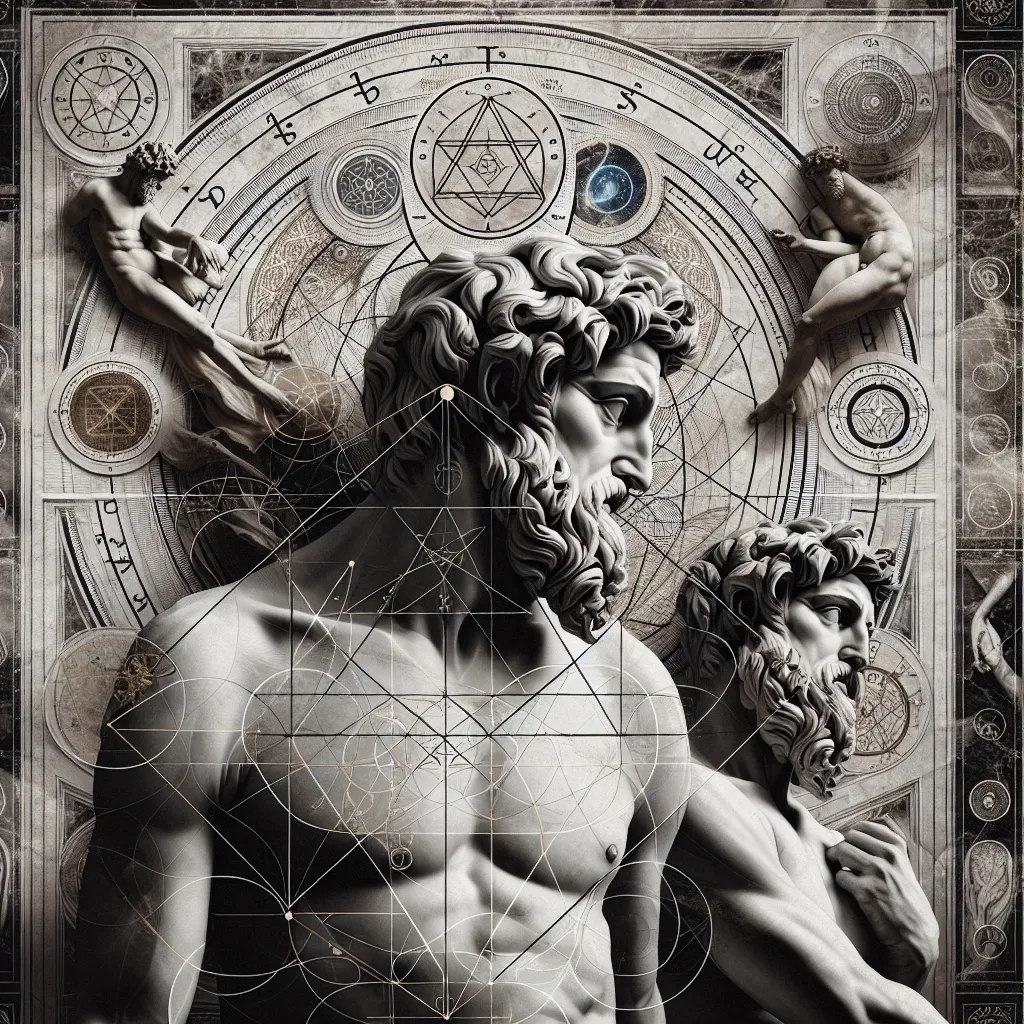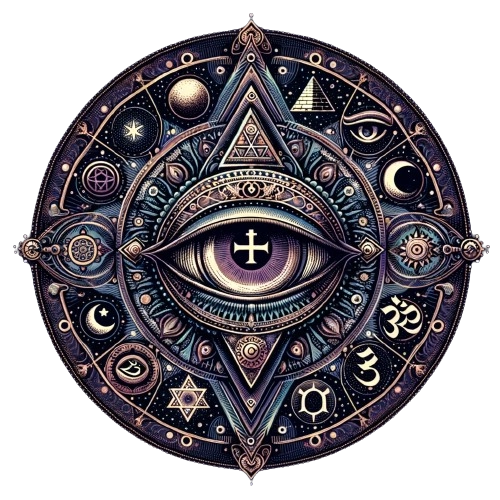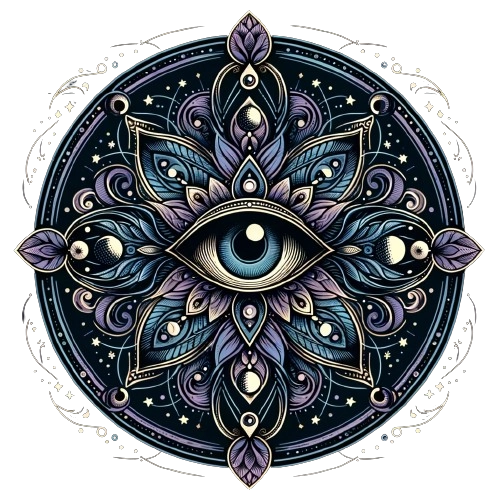
- Published on
- Authors

- Name
- You
Aleister Crowley and the Hermetic Order of the Golden Dawn: A Mystical Journey
Introduction
Aleister Crowley, often dubbed "the wickedest man in the world," is an enigmatic figure whose influence on modern occult practices is unparalleled. Central to his magickal development was his involvement with the Hermetic Order of the Golden Dawn. This article delves into the intersections of advanced science and mystical wisdom, unearthing how the Golden Dawn shaped Crowleys esoteric path.
The Hermetic Order of the Golden Dawn: A Brief Overview
Founded in 1888 by Dr. William Wynn Westcott, Samuel Liddell Mathers, and Dr. William Robert Woodman, the Golden Dawn was a secret society dedicated to the study and practice of the occult, metaphysics, and paranormal activities. Its structure was hierarchical, mirroring Freemasonry, and it drew heavily from Hermeticism, Kaballah, and alchemical traditions.
Key Elements of the Golden Dawn:
| Aspect | Description |
|---|---|
| Founding Members | Dr. William Wynn Westcott, Samuel Liddell Mathers, Dr. William Robert Woodman |
| Year of Establishment | 1888 |
| Core Traditions | Hermeticism, Kaballah, Alchemy |
| Primary Focus | Magickal Practices, Mysticism, Esoteric Knowledge |
| Influence | Shaped modern Western occultism, impacting figures like Aleister Crowley |
Aleister Crowley’s Entry and Progress in the Golden Dawn
Crowley joined the Golden Dawn in 1898, quickly ascending through its ranks due to his fervent dedication and undeniably prodigious grasp of magick.
Crowleys Initiation and Rapid Ascent
Initially taking the name "Frater Perdurabo," Crowley immersed himself in the Golden Dawn's teachings. His scientific approach combined with mystical fervor led to rapid advancement. However, this same blend also incited conflict among the members.
Significant Contributions and Conflicts
| Rank | Achievement |
|---|---|
| Neophyte Grade | Crowley mastered the foundational rituals, emphasizing the Lesser Banishing Ritual of the Pentagram (LBRP). |
| Adeptus Minor | Demonstrated innovative adaptations of rituals, though this provoked contention with more conservative Golden Dawn members, including W.B. Yeats. |
| Contributions | Introduced astrological and occult insights; expanded on the Enochian system. |
| Conflicts | Clashes with Samuel Liddell Mathers and internal disputes led to Crowley’s eventual departure. |
The Hermetic Influence on Crowleys Later Work
Post-departure, Crowley’s writings and practices continued to reflect his time with the Golden Dawn. He absorbed and transformed their teachings, creating a unique blend of mysticism and method.
Science and Mysticism Intertwined
Crowley’s approach to magick was scientific. He insisted on recording every detail of his rituals, maintaining a rigor that mirrors scientific experimentation. This methodology provided reproducibility and empirical scrutiny to the otherwise esoteric practices.
Evolution into Thelema
Crowley founded Thelema, characterized by the famous axiom, “Do what thou wilt shall be the whole of the Law.” This philosophy intertwined advanced mysticism with elements of Quantum Mechanics, highlighting the role of the observer in shaping reality—an idea resonant within both scientific and magickal discourse.
Conclusion
Aleister Crowley’s involvement with the Hermetic Order of the Golden Dawn was instrumental in shaping his magickal career. His blend of advanced science and mystical wisdom created a legacy that continues to influence modern occult practitioners. The Golden Dawn provided him with the foundational techniques and esoteric knowledge, which he expanded into a comprehensive magickal framework through Thelema.
Crowley’s journey through the Golden Dawn is a testament to the transformative power of combining rigorous scientific inquiry with mystical disciplines—a confluence that has enriched the realm of contemporary occultism beyond measure.
“Magick is the science and art of causing change to occur in conformity with Will.” – Aleister Crowley
